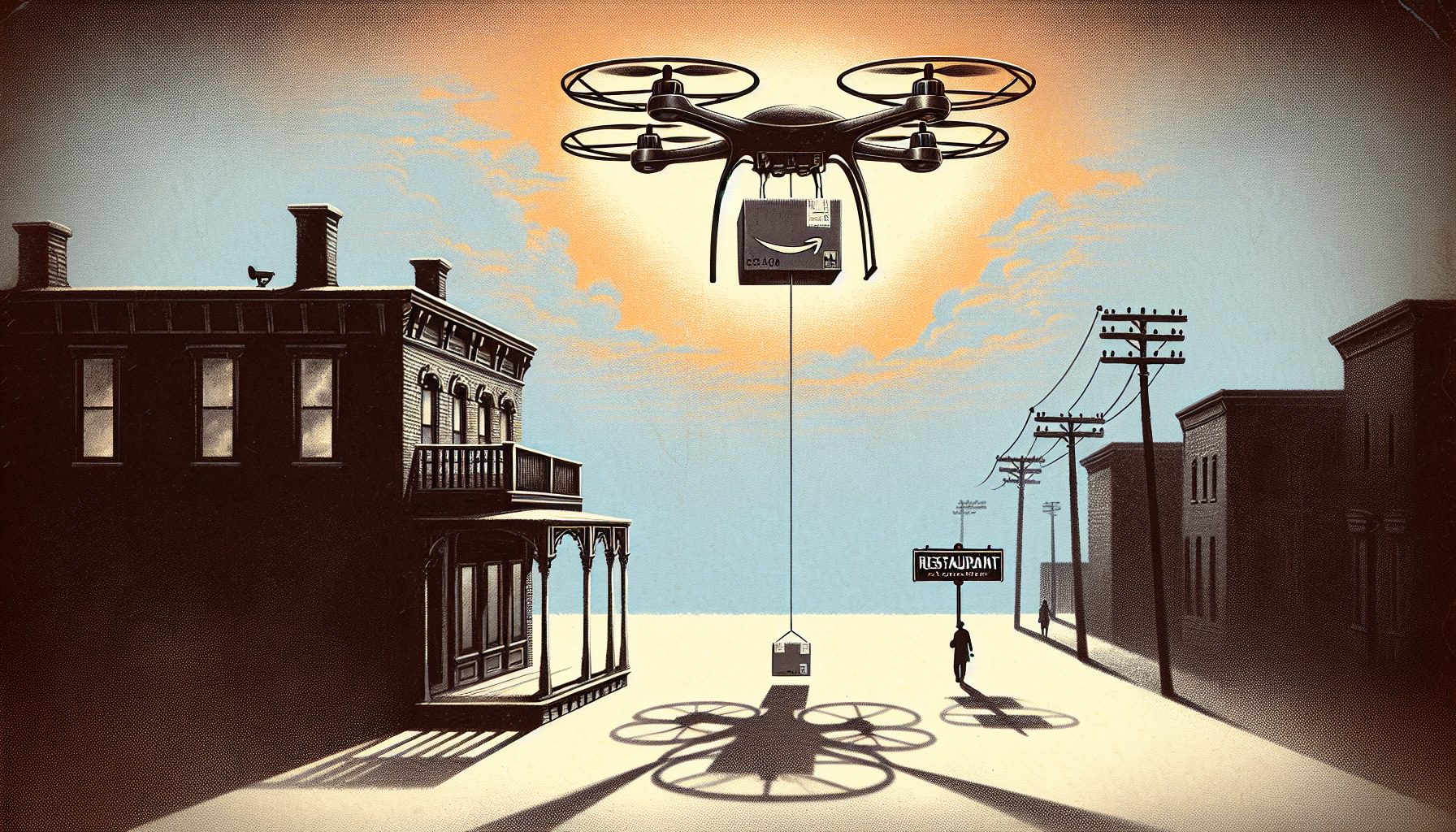Getting your company ready for a telephone switch migration is never easy. It is especially difficult when you are trying to move toward a voice over Internet Protocol (VoIP) implementation. Apparent Networks surveyed hundreds of network managers in June and found that more than 36 percent of them have delayed application deployments such as VoIP because of concerns with network performance.
Perhaps more of an issue is that 26 percent of the respondents did not have the capability to validate their service-level agreements. When asked which of their current applications place the most stress on their networks, 73 percent of the respondents chose VoIP, making it the clear “winner.”
With this survey information in mind, I offer the following guide to help you through the transition. The answers to these five simple questions, gleaned from others who have gone through the process, should prove helpful.
1. Do you still need to support any analog phone lines? Before you switch over to VoIP, it pays to do a careful census and determine where analog phone lines might be needed, such as to tie into a security system, a front-door intercom or a fax machine. Then, find out how to mix and match these analog lines with your digital PBX, or determine what additional equipment will be needed to support these lines.
Take the city of Powell, Wyo., for example, which was using an aging PBX and looking to upgrade to VoIP. However, city officials were worried about their connections to the 911 emergency-response system, which made use of analog lines. “We were able to put an analog card in our new AltiGen PBX and mix and match just fine,” says Zack Thorington, the IT specialist for the city. “We got the best of both worlds.”








